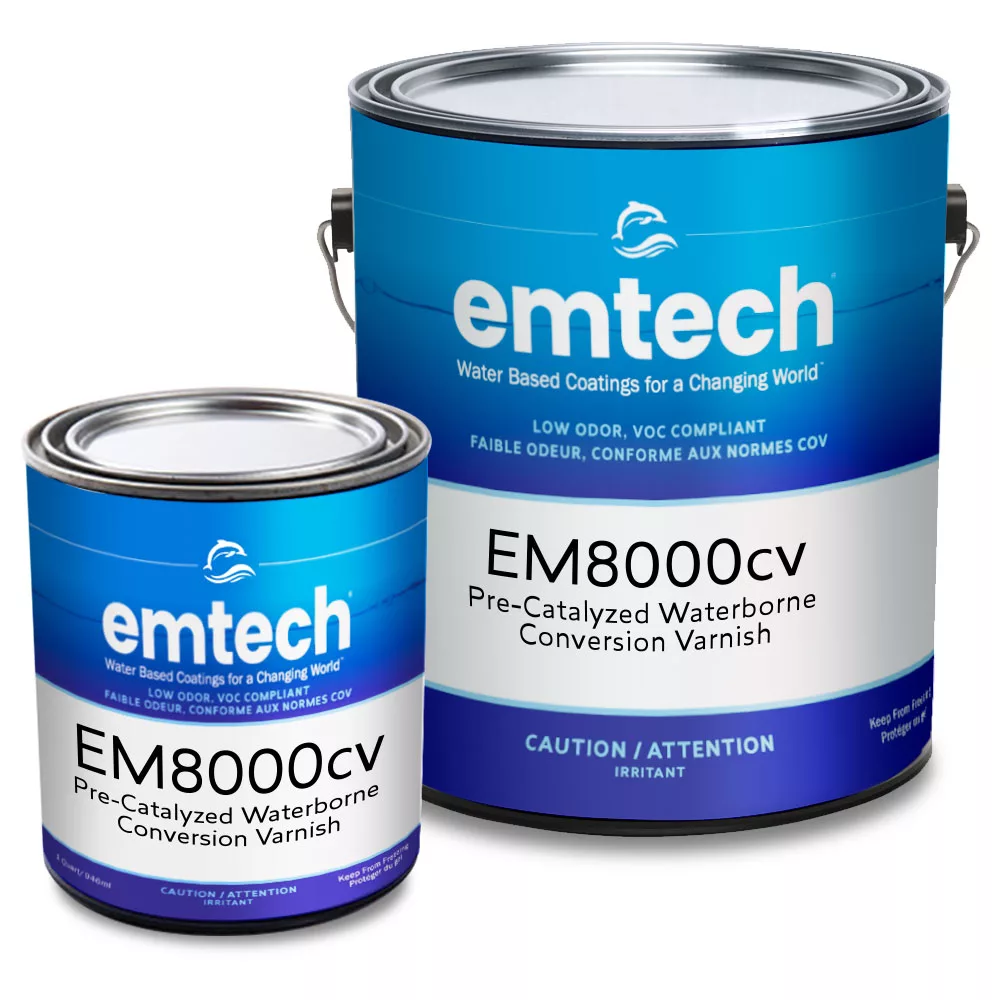Wipe on is a solvent base Polycrylic is water borne.
The wipe on will work well also.
Tom
I use home-brewed wipe on poly, which is just Minwax gloss diluted with mineral spirits 1:1. You can adjust the dilution to your preference. I’ve been wiping on SealCoat, a dewaxed 20 pound cut shellac first, but I now see that it has gotten exorbitantly expensive. I use it primarily because it makes a fast-drying first coat that allows re-coating in about an hour. I have never had adhesion issues with wipe on used on new builds.
Otherwise, I wait overnight for recoating. I wipe on using paper shop towels, so no clean up. But do not throw the rags or shop towels in the trash. Instead hang to dry before disposing of them. Or soak in water and then dispose of them. The water takes much longer to dry than the solvent so ignition is not an issue.
I always use gloss. To reduce the shine, I use 0000 steel wool and Butchers’ wax. It knocks down the shine and leaves a nice tactile feel. But only use it after the final coat. Any additional coats will have adhesion issues.
You can also use “wool-oil”, a lubricant for steel wool. I prefer the wax.
Make a test to see if the shine meets your approval. You can knock it down further with 400 or 320 grit wet or dry sand paper with water. But use a very light pressure or you might sand through the film. I have never had that issue with the steel wool.
I mix my own wipe on because it allows me to adjust the viscosity and (mainly) because it is far less expensive.
I would note that my bathroom vanity (red oak, stained and wipe on poly) is about 20 years old. I made mine with pull out drawers rather than doors. But the same issue will apply to the doors as to the drawers.
The top edge of the drawers appearently get wet and that edge suffers from the moisture. I will post a few photos. I will try light sanding with 400 grit on the edge only and then adding a couple of wipe on coats to the edges only. I can show the results quickly but only time will tell about the durability.
In any case, I would put a couple of extra wipe on coats to the top edges of your doors or drawers to help resist the water. I’m sure that my problem is just 20 years of small drips that I did not wipe dry (and I’m not going to start now either).

Here is a photo showing the top edge of the drawer. Towards the right the finish has suffered, probably because that area is in front of the sink. To the far left the finish is largely intact as it likely gets very little water splashed on it as it is not directly in front of the sink.
The plan is to wipe the top edge down with mineral spirits, then lightly sand with 400 grit wet/dry paper (wet). Then apply 4 or 5 wipe on coats of poly. The light application of the wipe on coats means that the finish is dry to touch in a couple of hours. And can be recoated the following morning. A light sanding (just enough to knock down the dust nibs) and then repeat.
I generally apply 3 coats to vertical surfaces (which get less abuse) and 5 coats to horizontal surfaces (which get greater abuse). I am certain that I considered the entire drawer face as a “vertical” surface. I should have treated the top edges as horizontal surfaces as the photo shows.

